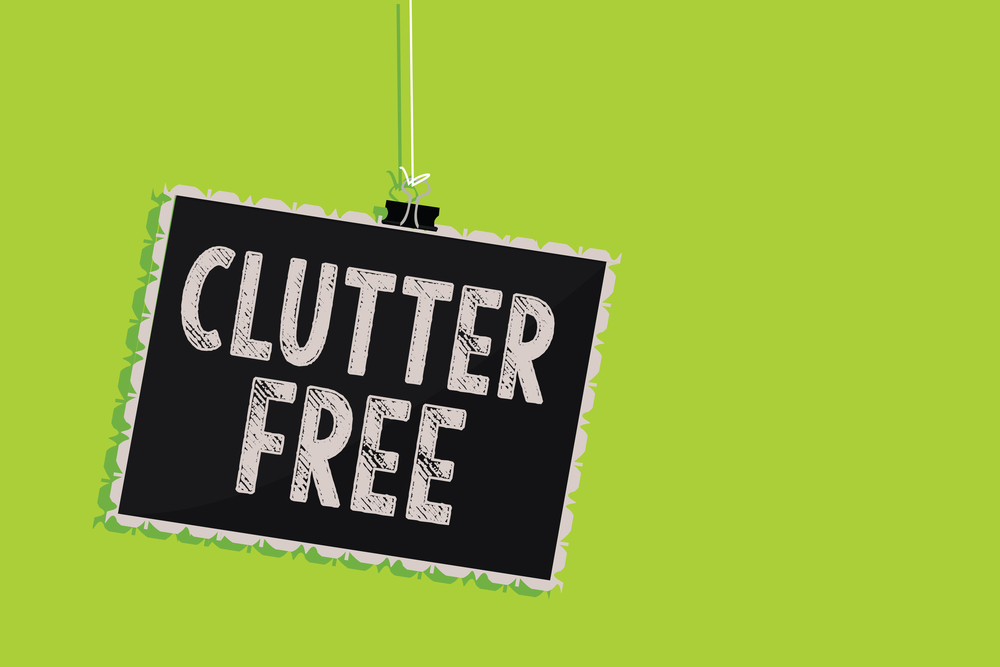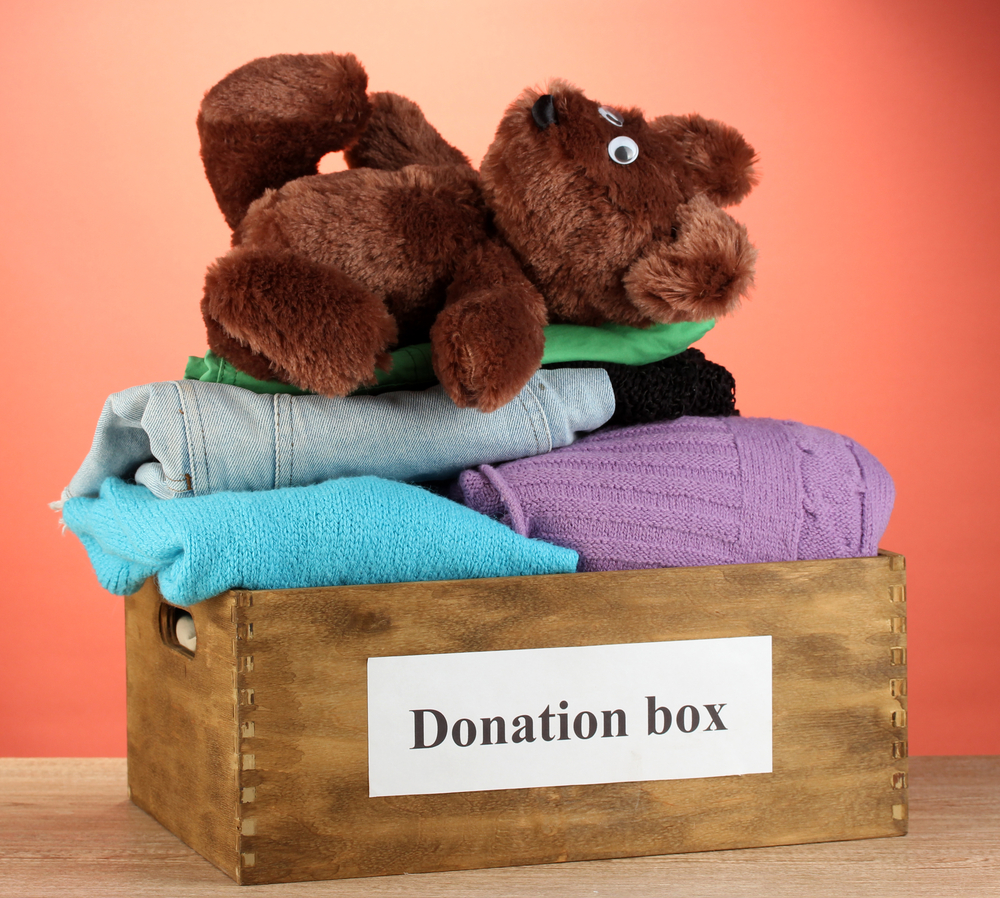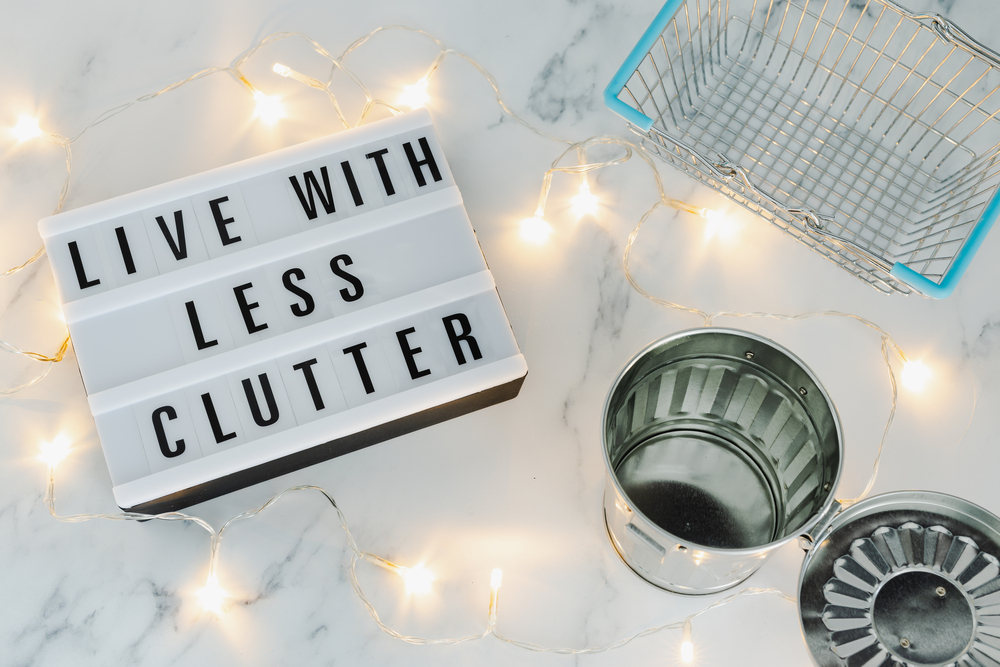7 Essential Steps To Take Before You Start Decluttering
Are you getting ready to declutter your home?
Before you roll up your sleeves and jump in, there are things you should do in preparation.
I’m not just talking about having your trash bags and cleaning supplies ready, but also about getting ahead of the game with some thoughtful decisions.
When you dive into decluttering, there’s a lot on your plate – tons of choices, and possible emotional rollercoasters too! So, prepping in advance means fewer things to fret over while decluttering, making the whole experience less stressful and more manageable.
Here are the 7 things you should do before starting your decluttering project.
1. Committing to Practice Mindful Consumption

I believe this is the first thing you should do before you start decluttering. Because, what is the point of decluttering if you continue to bring more “future clutter” into the house?
Practicing mindful consumption is crucial to prevent future clutter and the need for frequent decluttering.
Take some time to think through each purchase decision. Do you already have something similar at home? How often will you use it? Where will you store it? If you don’t buy it, is there another way to work around it?
When you carefully consider your purchases, you avoid making impulsive buys that you might regret later.
Achieving mindful consumption takes time, and it’s perfectly normal to have occasional hiccups along the way. Patience is key!
Just remember that it’s a journey of progress, not perfection. So, if you slip up and make an impulse purchase or two, don’t be too hard on yourself.
Over time, with practice, you’ll become more adept at making intentional choices that lead to a clutter-free and fulfilling lifestyle.
2. Clarifying Your Decluttering Goal
Why do you want to declutter? Be specific about your objectives. Whether it’s creating a more peaceful home, reducing stress, or regaining control over your space, having a clear purpose will keep you motivated.
When you face challenges during decluttering, your goal will serve as a powerful motivator to keep you on track and prevent you from giving up.
3. Picking the right Starting Point

Your decluttering journey begins with choosing the right area to start. But what is considered ‘right’ for you? Here are some suggestions:
1. Area with the Least Amount of Clutter:
Start with an area with the least clutter, or a relatively small area. It could be a guest bedroom or a relatively neat drawer. Why? Because conquering such area won’t take much time, and it will give you an instant confidence boost.
Once your decluttering ‘muscle’ (decision-making ability) is built, you can then move onto areas that are more cluttered and more challenging.
2. a High-Traffic Area:
Consider beginning in a high-traffic area of your home, like the entry way, family room or kitchen. Decluttering these spaces will yield noticeable results that you and your family will appreciate right away.
3. Area with the least amount of sentimental items
Where this area is might vary for everyone.
For instance, if you’re a book lover, it’s not wise to kick off decluttering in your study. Conversely, if you rarely use the kitchen and have no strong attachments to kitchen tools, it’s an ideal place to begin, as you can make rational decisions more easily.
It’s a smart way to kickstart your decluttering journey and flex your decluttering muscles.
4. Finding Your Ideal Decluttering Method
Now that you’ve chosen your starting point, it’s time to decide on your decluttering method. Here are some popular approaches:
1. Dedicate 20 Minutes a Day:
If your schedule is packed, or you don’t like to spend too much time decluttering, commit to decluttering for a specific time each day, like 20 minutes. Create a schedule that fits your routine and stick to it consistently.
2. Set Aside a Weekend:
For a more intensive decluttering session, block out an entire weekend. This way, you can start enjoying your clutter-free home sooner, once the hard work is done.
3. Toss N Items Daily:
Challenge yourself to throw away a set number of items each day. Whether it’s three, five, or ten items, maintaining a daily commitment will help you become more aware of your surroundings and environment. This is a great way to form a habit that is beneficial in a long-run.
5. Setting Specific Guidelines for Decluttering
To avoid feeling overwhelmed by open-ended “what if” questions, establish specific guidelines for decluttering. Be clear about what you’ll keep and what you’ll let go of.
Some examples are:
- Get rid of any clothes that are two sizes smaller.
- Declutter items that haven’t been used for two years.
- Declutter any duplicate tools so that you only keep one.
6. Deciding What to Do with Your Clutter

It’s best to decide once in advance what you will do to your clutter. This way you will have one fewer decision to make as you go through your stuff.
You might want to sell and/or donate items that are still functional. If you want to sell, it’s important to have realistic expectations of the amount of money you get by selling. You can set some criteria for what is worth selling.
If you want to donate, it’s a good idea to do some research for a charity that aligns with your values. Check on their website to find out what items they are accepting, and their drop off location/time.
7. Preparing Your Supplies
Make sure you have all the necessary supplies:
- Trash Bags: For items that are beyond saving.
- Donation Boxes: Have boxes or containers ready for items you plan to donate.
- Cleaning Supplies: Cleaning as you go can make a world of difference. Keep wiping cloth and duster on hand.
- ‘Keep’ Box: As you declutter, place items that belong in other areas of your home in the ‘Keep’ box. This way, you won’t have to keep leaving the decluttering area and risk getting sidetracked.
Conclusion
The 7 things that you need to do in preparation to declutter are:
- Starting being mindful about your purchases.
- Picking the right starting point.
- Deciding on an ideal decluttering method.
- Deciding what to do with your clutter.
- Setting specific guidelines for decluttering.
- Clarifying your decluttering goal.
- Preparing supplies.
Remember, decluttering is not just about creating physical space; it’s about fostering a more peaceful and purposeful life.






